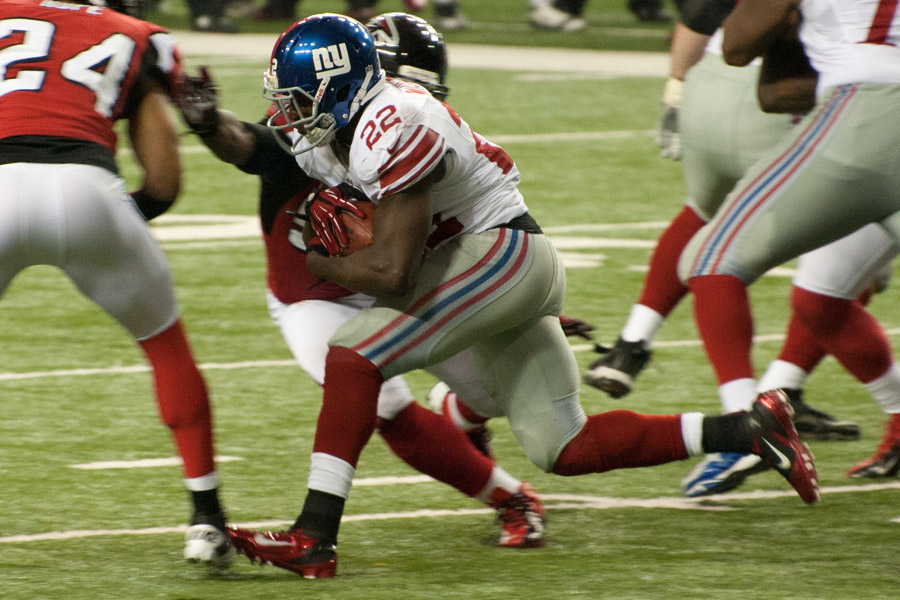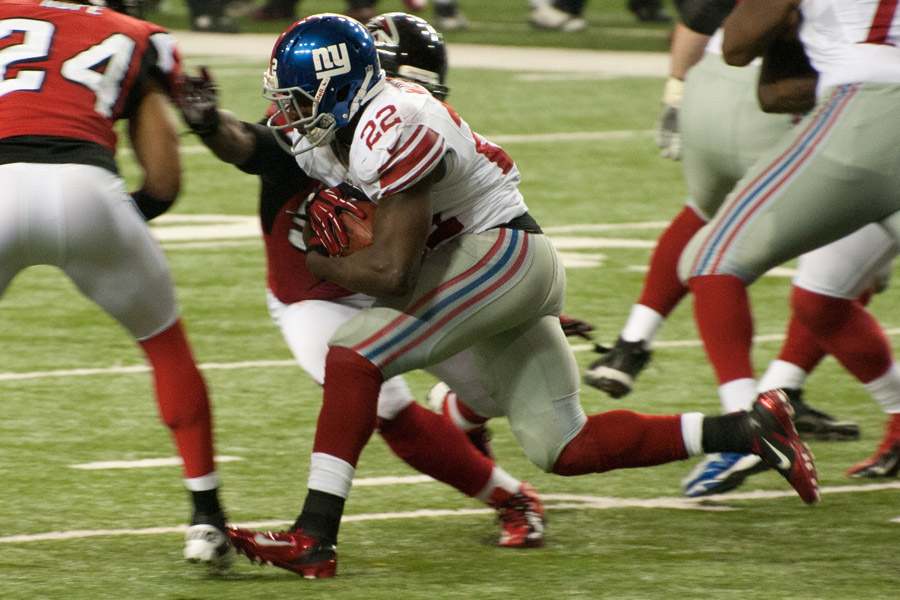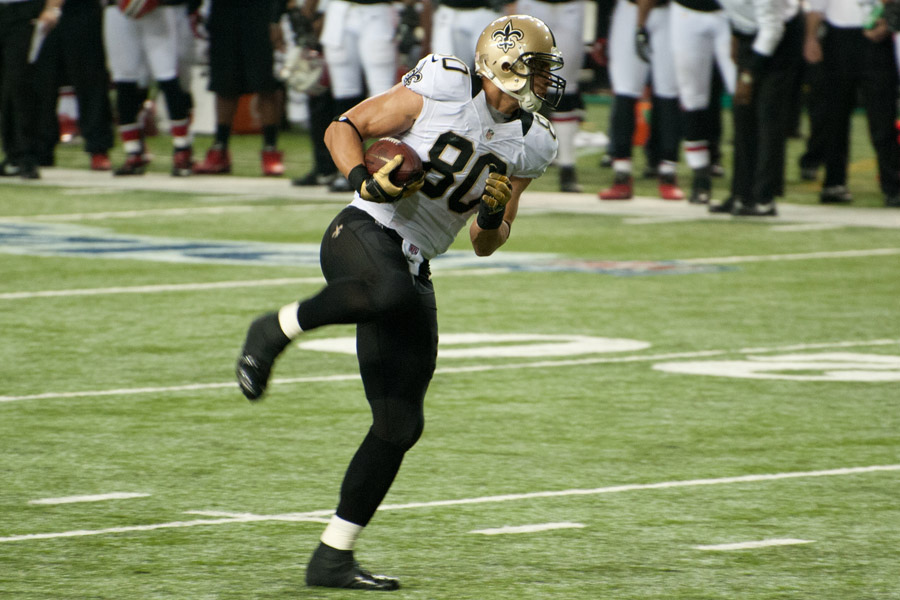Listens I
[youtube=http://youtu.be/nt79VJ7ZElw]
Football Reads
- Football Outsiders’ Film Room: Cian Fahey illustrating plays from the pros that oftentimes were similar to what I showed about them at the college level (Tannehill and Wilson).
- Coverage of Fantasy Throwdown’s Tourney – Mike MacGregor’s one-on-one fantasy game is one you have to check out.
- Concussion Watch – Frontline tracks the concussions occuring in the NFL by week and position.
- League of Denial – Watch the entire investigative report here.
- Early NFL Omens – Robert Weintraub’s look at things we should have learned in Week 1 about the next six weeks.
- Football Is Dead. Long Live Football – Worth another post. Yes, it is that good.
Listens II
[youtube=http://youtu.be/7c81PrmGwwo]
Non-Football Reads
- Drum Teacher Was Scurrilous, Rude – and Greatly Admired – Now that’s an obituary.
- If He Hollers Let Him Go – Great telling of Dave Chappelle’s life and impact on comedy and the race discussion in America.
- The Case for Writing a Story Before Knowing How It Ends – Andre Dubus III used to write in his car on breaks from his subcontractor’s gigs. Great advice.
- The Problem of Prolonging Life – I had a family doctor who said if he grew old and infirm, find him a cabin in the woods and leave him there with canned goods, a can opener, and a gun. I know a few doctors who nod their heads in agreement. It should tell you about the business of life-prolonging care in our country.
- Dogs Are People, Too – Another compelling piece of research that shows we know so little about animals and need to treat them with more respect.
- Seal Lion Taunts Great White Shark – Fun series of photos of animal trash talking.
- These Journalists Spent Two Years and $750,000 Covering One Story – And why investigative journalism saves lives.
- Angola 3 Inmate Tastes ‘Bittersweet’ Freedom – Why investigative journalism might have helped this man’s cause a lot sooner.
Listens III
[youtube= http://youtu.be/MzAWZU7vQq4]
Views/Commentary – Pro Football Players By Place of Birth (Chart by Atlantic Cities)

This map is part of an article about Malcolm Gladwell’s assessment that football will become “ghettoized” and middle class families will discourage their kids from playing the sport. I’m stunned about the fuss made over this assertion; just follow the trail of money and it’s clear this is already happening. Academic critics of college football have long pointed to its exploitative social hierarchy before investigative reporters delved into the subject. University of Georgia professor Billy Hawkins published a book about it in 2000, “The New Plantation: The Internal Colonization of Black Student Athletes“. You can read highlights here.
Another trail of money is the funds the NFL has spent to shift its public relations strategy from the gladiatorial days of selling NFL Films’ Greatest Hits to heavy rotation of a kinder-gentler-safer Heads-Up PR campaign aimed towards parents of young children who are thinking twice about allowing their kids to play the sport. And of course, the most obvious money trail is the legal expense to head a court case off at the pass in order to slow the decline of the game.
Slow decline might be the best way to describe of the future of the NFL. The league got into bed with prime time television in 1970 when Monday Night Football was born and this was really the beginning of the NFL’s ascent into the mass media consciousness. If 1970 was the birth of the NFL’s Golden Age, its childhood and adolescence were the 80s and 90s. Cable television (ESPN), music videos (MTV – Chicago Bears), VHS and DVD (NFL Films) all made the game more marketable.
It means the past 15 years have arguably been the NFL in its prime: record revenues, no labor issues impacting the regular season, the huge television contracts, coverage of the NFL Draft and Combine, and even a 24/7 broadcast network run by the league. Throw in the NFL smartly commoditizing digital technology – streaming coach’s film, quick-editing of cutups, fantasy sports, and adopting media aggregation and social media to enhance coverage and education of the game – and this decade has truly been the zenith of the league’s popularity.
But with what we know about the physical toll of the game and the challenges to create technology to prevent it, I’m skeptical the game will ever be as popular as it is this decade. I hope the game evolves and remains a compelling physical, strategic, and spiritual challenge as it increases its safety, but I’m not counting on the game increasing its popularity.
I’m counting on Malcolm Gladwell being more right than wrong.
You see that dot northeast of Atlanta? That’s my hometown of Athens, Georgia, a city renown for the Bulldogs and its music scene. Walk through the gorgeous red-brick, Georgian architecture of the first chartered university in the U.S. and then across the street to the shops and sidewalk tables of restaurants and cafes downtown and the city sells the dream well. Throw in the fact that the hospital is top-notch and the vet school, law school, and business school are pretty good, and it’s a great place for people who have the means to live somewhat segregated from reality.
But there’s a lot more to Athens that these people don’t have to see. According to the U.S. Census Bureau, Athens had the third-highest wealth gap in the United States. There as much or more public housing per square mile in the Classic City than anywhere in the southeastern United States. One analysis claims Athens is only safer than 10 percent of the cities in the United States. Police departments from neighboring counties have often been accused of “dumping” their homeless to town.
I’ve lived in Athens for 19 of the past 20 years. They hide the poverty well from the tourists and alumni, but its here. It’s worse now that the yuppies and educators who supported the public schools in the 1980s fled to the neighboring Oconee county where they could enjoy the service economy of Athens, but not have to make the effort to maintain a quality school system after the blue collar jobs left and their kids graduated. The graduation rate for the city high schools is 55 percent. Rather than promote birth control in the schools, the town preferred to promote abstinence and build a daycare in one of its schools.
Football is a religion here. I know you folks in the Big 10 and Big 12 think you understand, but trust me when I tell you it’s a different level of intensity. I’m not talking about on the field, but the culture of the alumni and fans. Combine that with a gap between rich and poor, black and white, and an SEC institution with one of the largest and most successful athletic departments in the country and I’m not the least bit shocked where football has been heading and why the NFL is trying to turn the tide.
There’s a lot I love about the town, but I’m not going to pretend it’s something that it’s not. If you’re poor and matriculate through this public school system, there’s a good chance that big-time sports is a lottery ticket out of a cycle of poverty that this local economy cannot fix. Football is a way out. It’s one of the only ways out.
Just look at the map and you’ll see why Gladwell makes a compelling point. It’s easier to watch people you don’t have to truly care about wreck themselves. Especially when you can’t hide from the risks any longer. Uncomfortable things to consider if you’re a fan, but if you really want to claim you care about the game it’s time to take an unflinching look at its problems.
I don’t know what to do about it, but communication and awareness is the first step.
Thanks – Check out my Football Outsiders Futures column on Saturday. I’m profiling one of my favorite players in this 2014 NFL Draft class. Also, learn why I have no problem incorporate intuition into the evaluation process.













